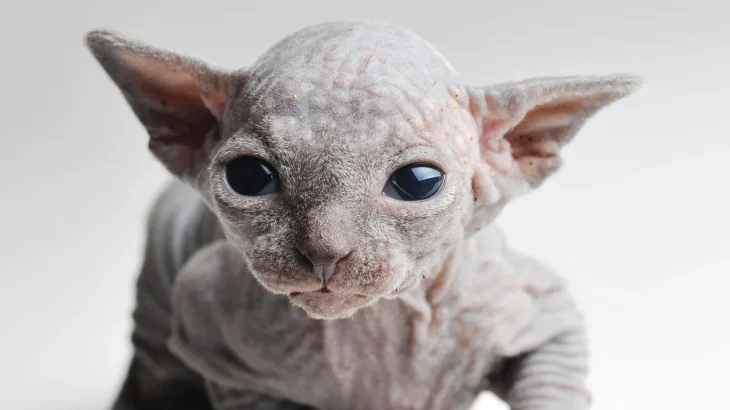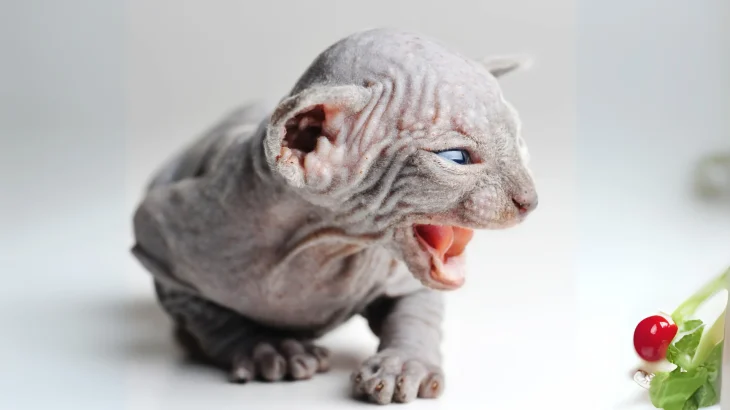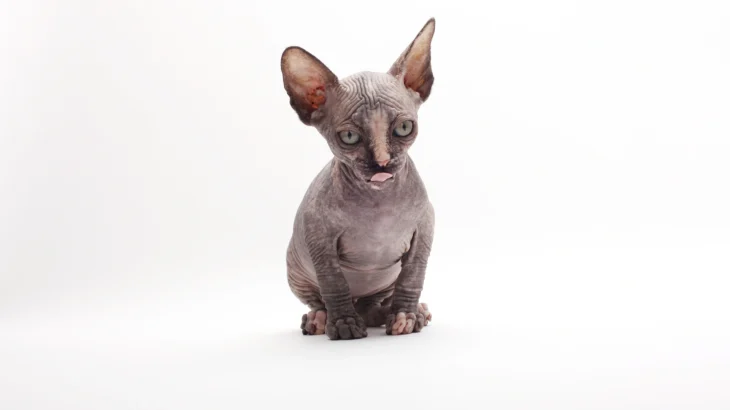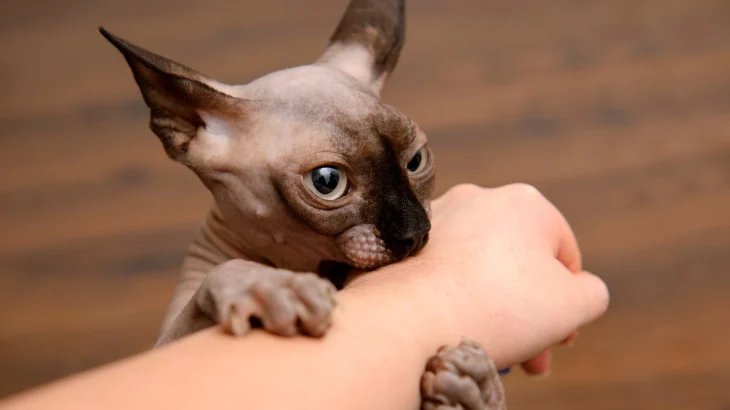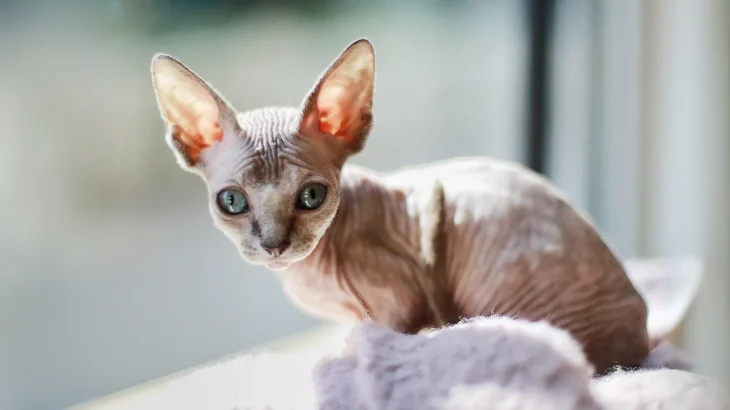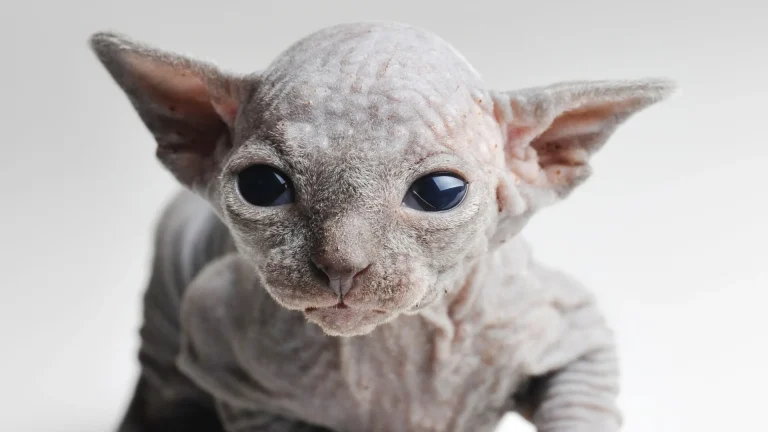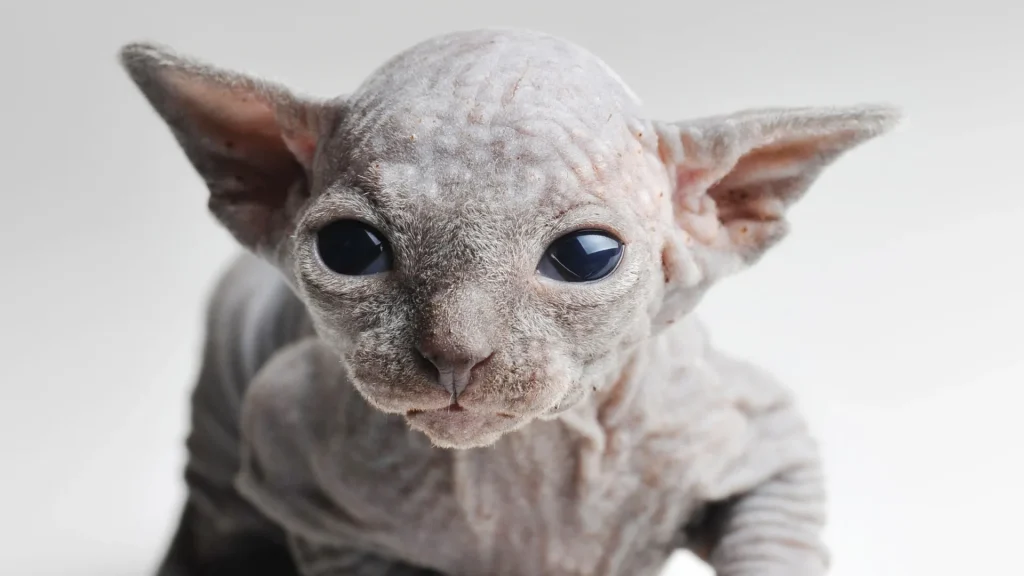Deciding whether to adopt or buy a Peterbald kitten means weighing breed purity and health certainty against the chance to rescue a cat. Buying from a breeder usually guarantees pedigree and health details, while adoption offers a loving home opportunity, often with less background information. Each choice suits different priorities when welcoming a Peterbald.
Adoption vs. Breeder: Pros & Cons
| Criteria | Buying from Breeder | Adopting from Shelter/Rescue |
|---|---|---|
| Cost | Usually higher, reflecting breed rarity and pedigree. | Lower, fees support shelter care and may include vaccinations. |
| Health History | Detailed health and genetic info available. | Health records may be incomplete; basic screening common. |
| Age Availability | Generally young kittens bred for sale. | Varied ages, from kittens to adults and seniors. |
| Temperament Insight | Breeders provide info based on lineage and early care. | Shelter staff share behavior observations; full history may be unknown. |
| Supporting Practices | Supports responsible breed preservation programs. | Helps animal welfare by rehoming cats in need. |
| Breed Purity & Pedigree | Pedigree and breed standards assured. | Breed purity less certain; often mixed or unknown heritage. |

